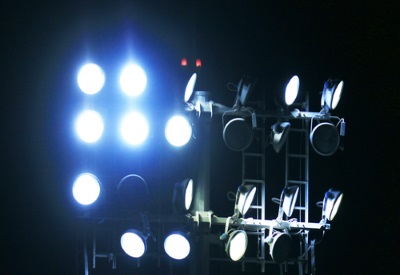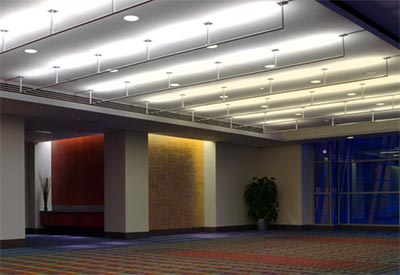Building the Digital Enterprise

August 08 2016
John Gordon
I spend a lot of time working with cities to create digital cities — open, secure technology platforms that enable equitable economic growth. I’ve been building off a belief in recent posts that lighting and lighting-related IoT sensors can create the most pervasive and useful fabric to enable the next era of smart city innovation. I’ve touched on how this can create value both economically by lowering the barriers to innovation and academically by helping our kids prepare for the future.
As much as I have these conversations in city circles, I am just as often asked how these same principles can apply in the business world. How we can use open, connected digital infrastructure to unlock digital enterprises? After all, it seems like the very same ideas about using light sockets (arguably the most pervasive source of connected energy in any industry) to see, hear, feel and smell in every corner of a business would have value to their customer satisfaction, product quality, revenue generation and other key operational areas.
There are certainly many parallels. Like cities, many enterprise CIOs have already taken advantage of IoT sensors and technology to solve individual problems. Many use sensors or beacons to track the general locations of items in stores or hospitals. I recall one story where hospital staff were outfitted with beacon sensors on uniforms so that they each time they passed certain movable medical equipment, a system would be updated with the equipment’s location should it need retrieval later. Many office buildings are using occupancy sensors to ensure lights turn off when a room is empty (or sometimes even when a rooms is full… resulting in frantic hand waving usually reserved for signalling a rescue boat when lost at sea).
Just like in cities, these individual sensor deployments are useful and are helping businesses to optimize their operations. But also, like in cities, they have significant drawbacks.
First, because they are purpose built, these sensors tend not to be extendable. Most conference room occupancy sensors are tied directly into the light switch, but couldn’t be extended to do something like let you see which conference rooms are currently available or occupied.
Second, businesses have tended to deploy sensors locally to solve a pointed problem. That means that every time a new problem arises, a complicated process of deploying more sensors in buildings has to happen again.
Third, each of these sensors tends to be proprietary. Meaning, it can be used for its specific purpose, but it doesn’t have a published interface or API allowing the information that it can see, hear, or feel to be leveraged by a variety of internal IT developers or external applications to create value.
If you’ve read any of my previous posts, you’ll know that I believe in building an open, secure digital platform to enable physical spaces to take on many of the sensory characteristics of online experiences. This is the foundation of the digital enterprise. And sensors tied to lighting create the most pervasive location to deploy technology that addresses each of these traditional limitations.
Lighting-based sensors have an array of capabilities that helps identify how objects are moving in the space (think: occupancy sensors, beacons and indoor positioning technology) as well as the condition of the overall environment (think: temperature, humidity, light level).
When data from these sensors are made available through APIs, corporate IT departments, consultants, and application vendors have a broad set of horizontal information that they can leverage to build solutions.
That same set of lighting-based sensors can enable solutions such as conference room availability in office space and customer path analytics in retail. Our GE team is using these sensors in our own warehouses to manage and track inventory.
There are tremendous opportunities waiting for those who can put the power of the digital world into the real environments of the physical world. Intelligent lighting isn’t just for cities.
John Gordon, Chief Digital Officer of Current, powered by GE, is responsible for orchestrating an enterprise-wide transformation by leveraging the capabilities of GE’s Digital business. This article was first published online by Current, powered by GE. Read more articles: http://hub.currentbyge.com/h/c/241161-current-articles.
Image courtesy of sumetho at FreeDigitalPhotos.net












